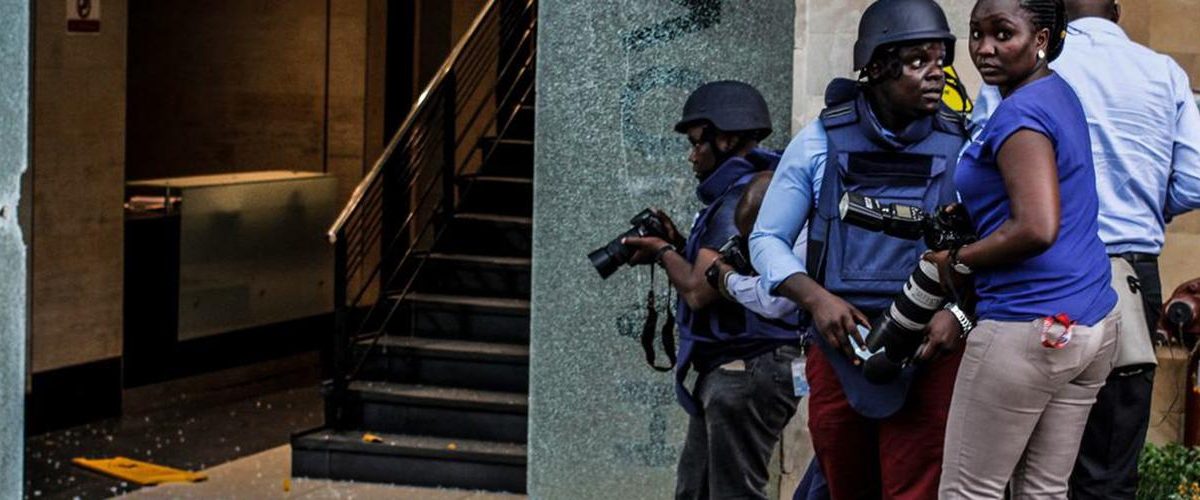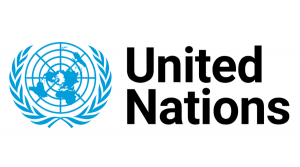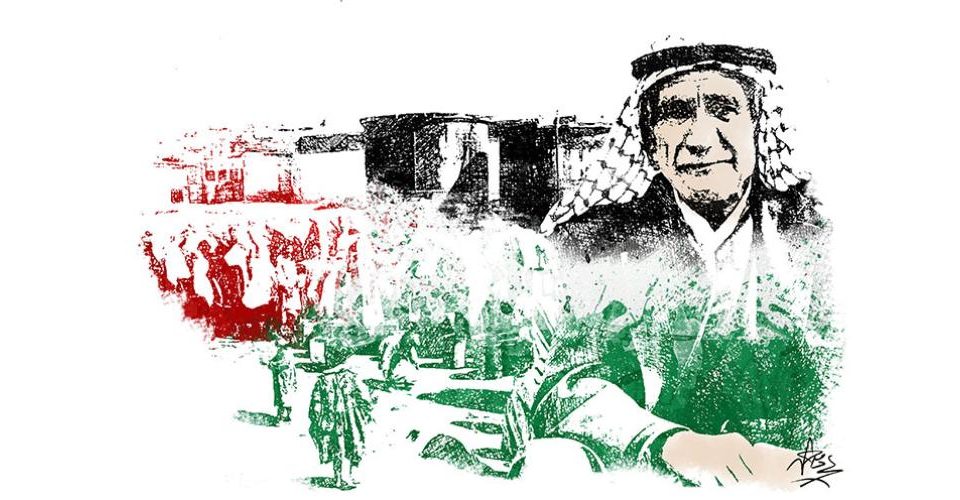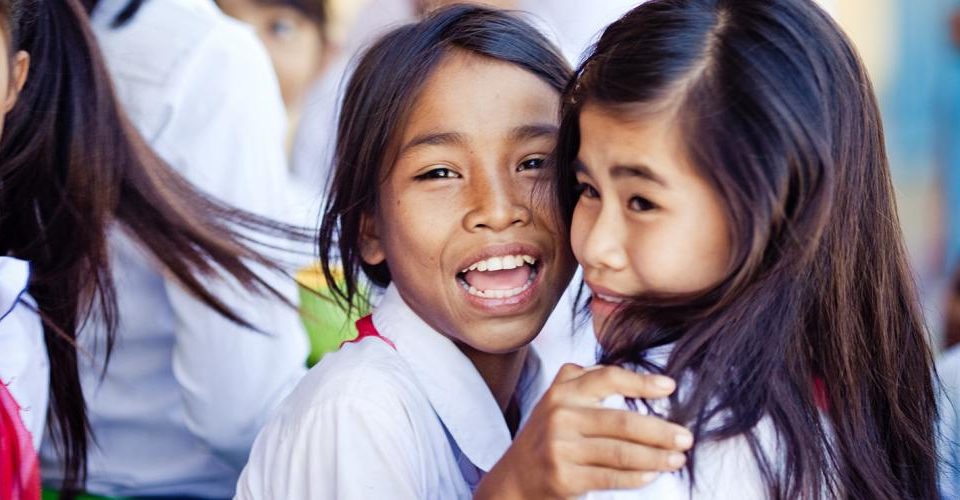Safety of Journalists in Crises and Emergencies
Ending impunity for crimes against journalists is one of the most important and complex challenges of recent times. It is an essential precondition to guarantee freedom of expression and access to information for all citizens.
With the rise of conflicts and other crises, the 2024 observance seeks to promote a broader discussion on the safety of journalists working in these contexts, including the prevention, protection and prosecution concerns of journalists affected by such challenges.
Many journalists, media professionals, and associated media personnel exercise their duties in highly dangerous contexts. Too many pay an unacceptably high price, including death, enforced disappearance, torture, unlawful detention, and kidnapping, for producing independent, reliable, and verifiable information.
Journalists reporting from crisis- and conflict-zones face severe threats in carrying out their critical work. While from 2017 onwards UNESCO recorded gradual decreases in media workers killed in conflict zones, more recently the trend has been reversed. UNESCO’s monitoring in 2023 recorded more than 50% of journalist killings occurred in crisis- and conflict-zones, with continuously high numbers in the first half of 2024.
These tragedies are only the tip of the iceberg. Media infrastructure is often damaged or destroyed, and journalists face physical attacks, detention, equipment confiscation or denial of access to reporting sites. Many are forced to flee or cease their work, risking turning conflict areas into “zones of silence”.
Whether reporting on conflict, humanitarian disasters, climate or health crises, journalists continue to face disproportionate threats and higher levels of impunity for extrajudicial killings, torture, enforced disappearances and arbitrary detention, as well as intimidation and harassment, both offline and online.
Read more in the Concept note
Click here to Read More…






